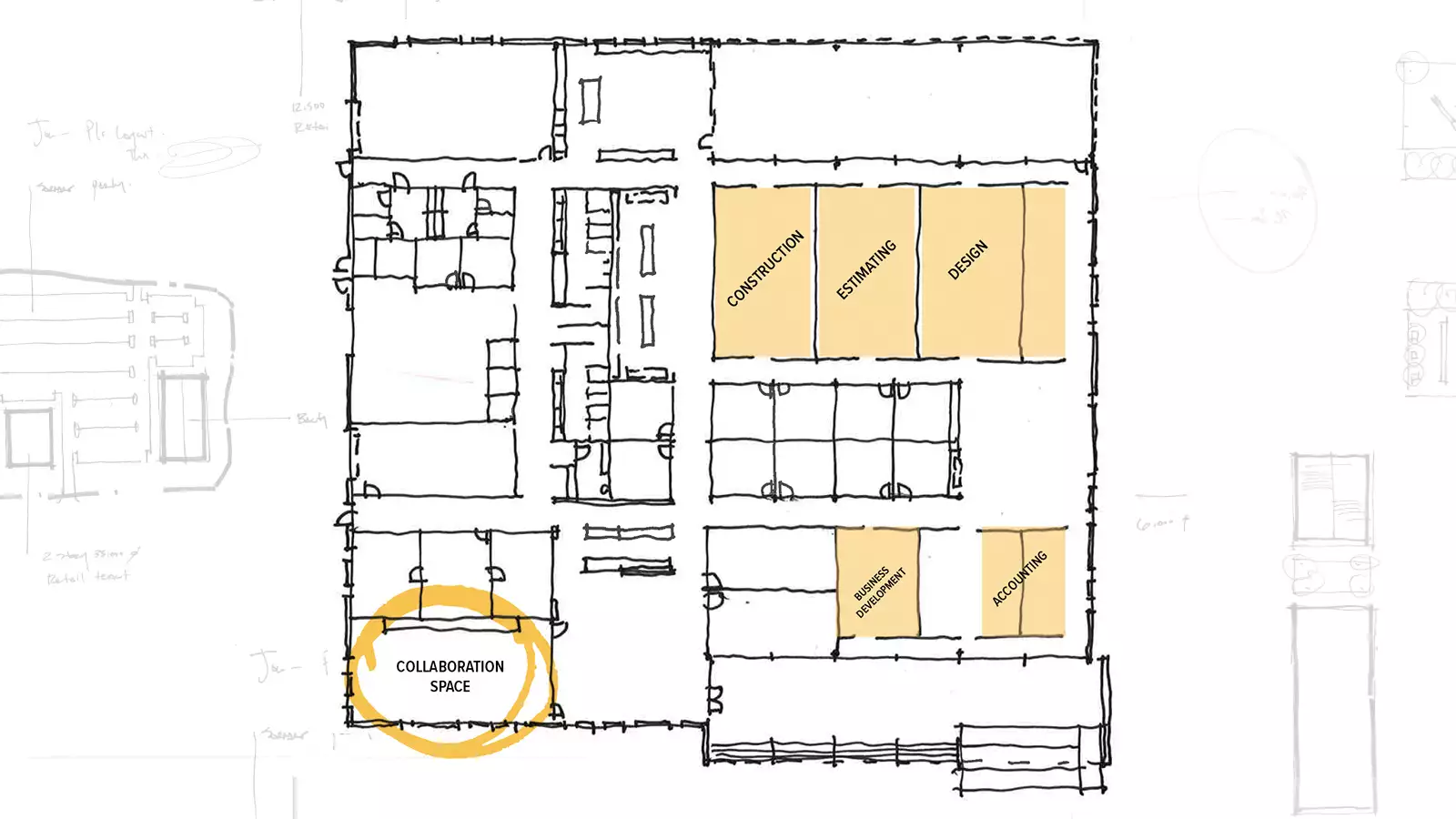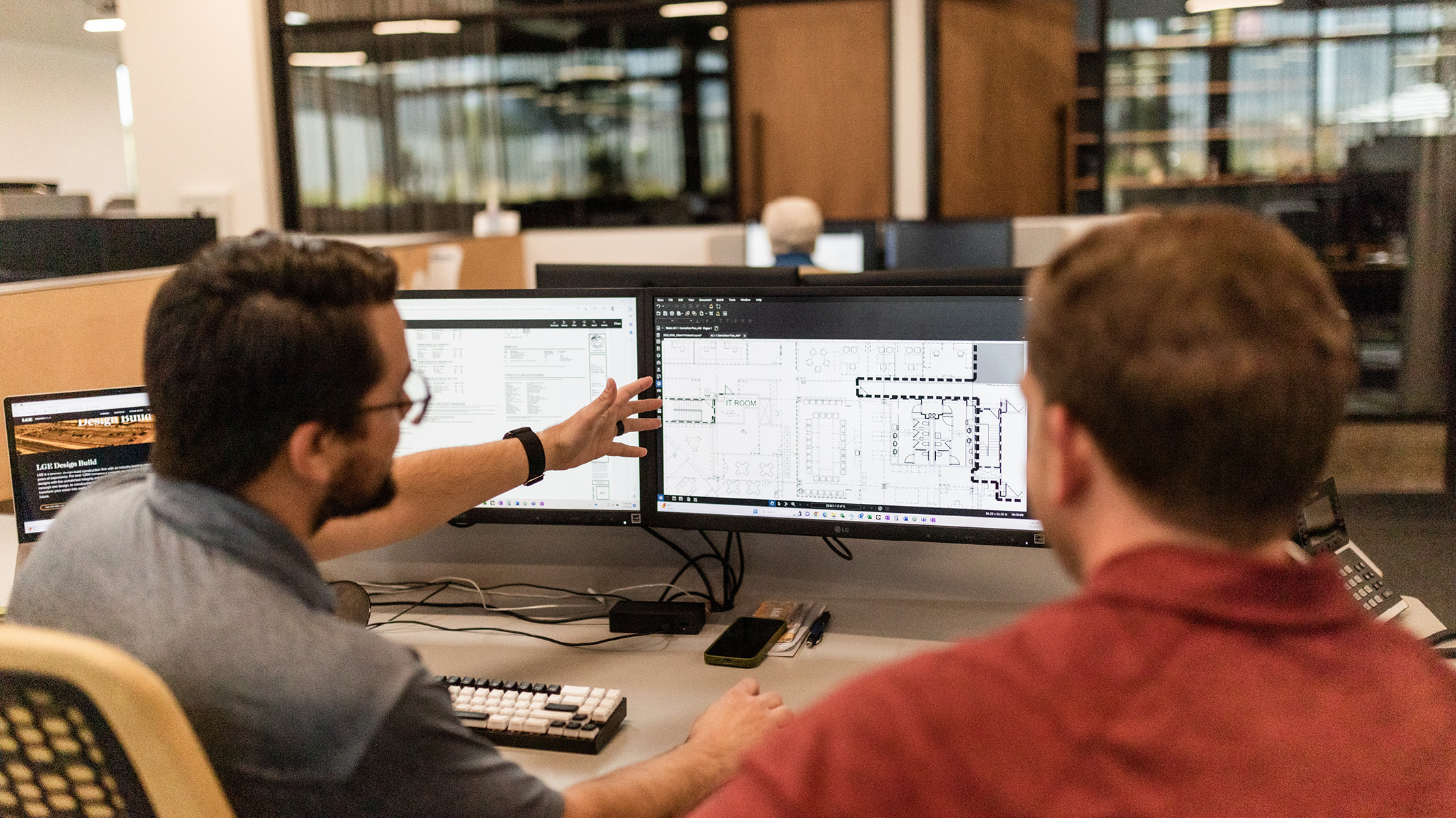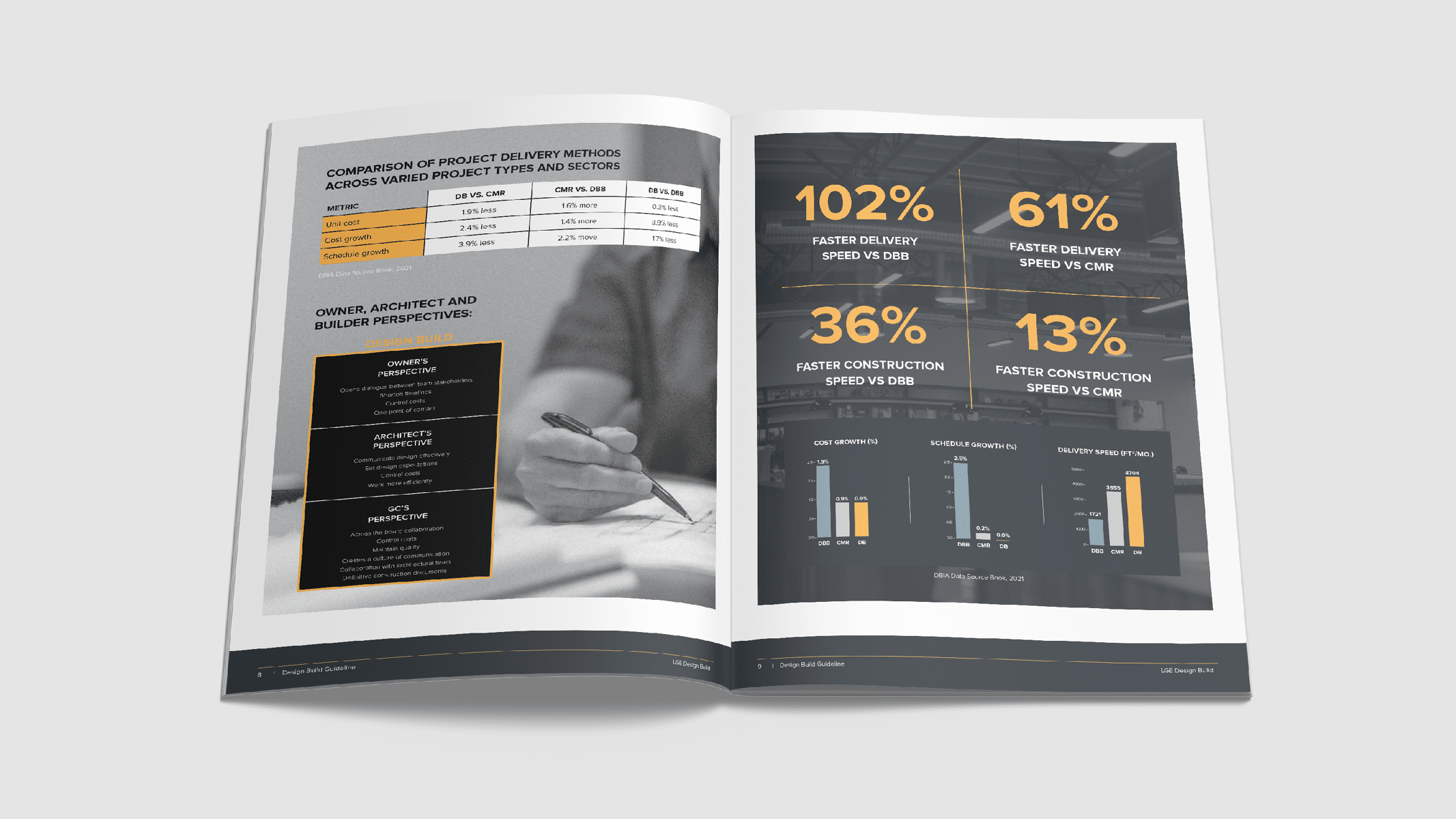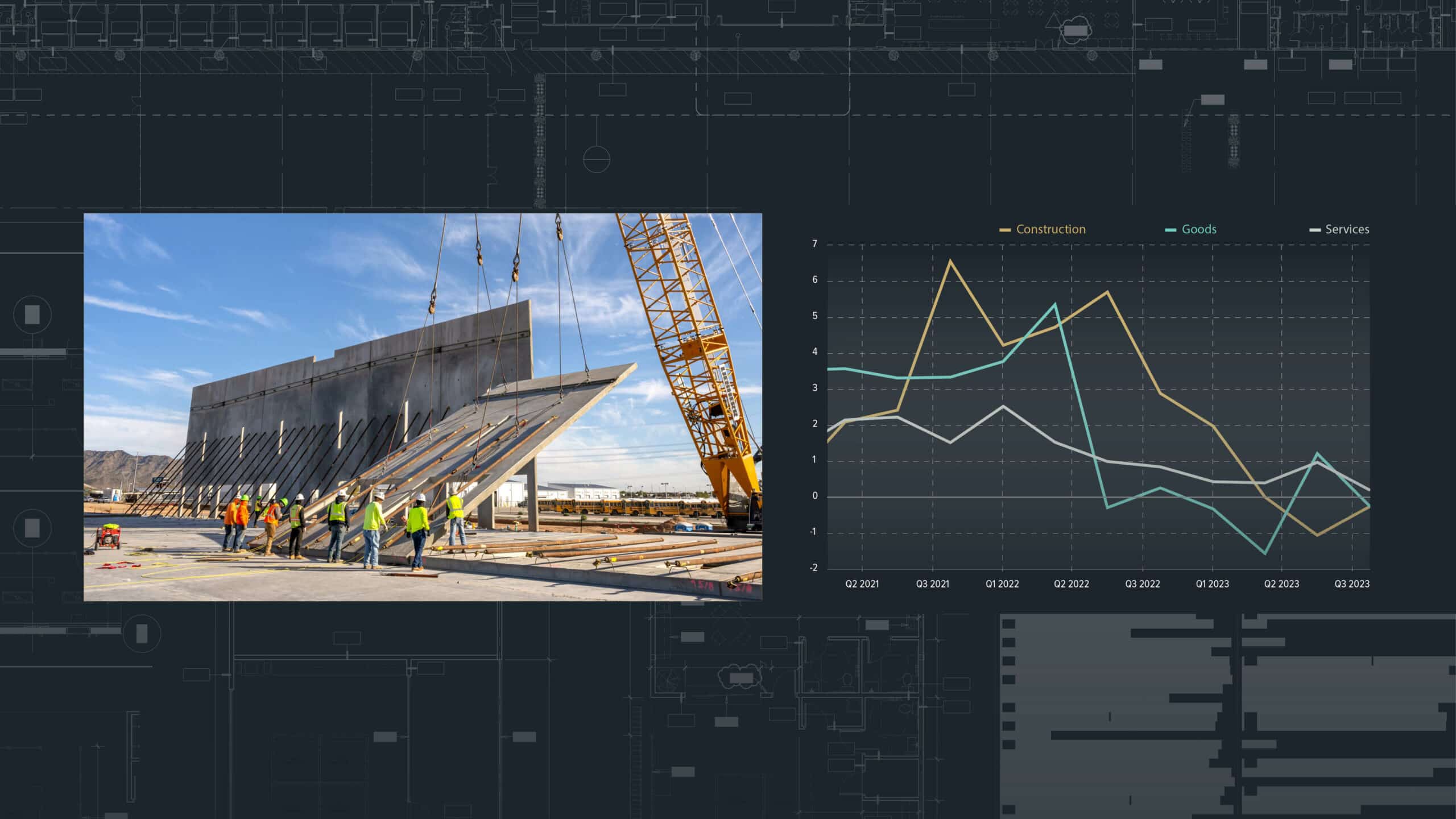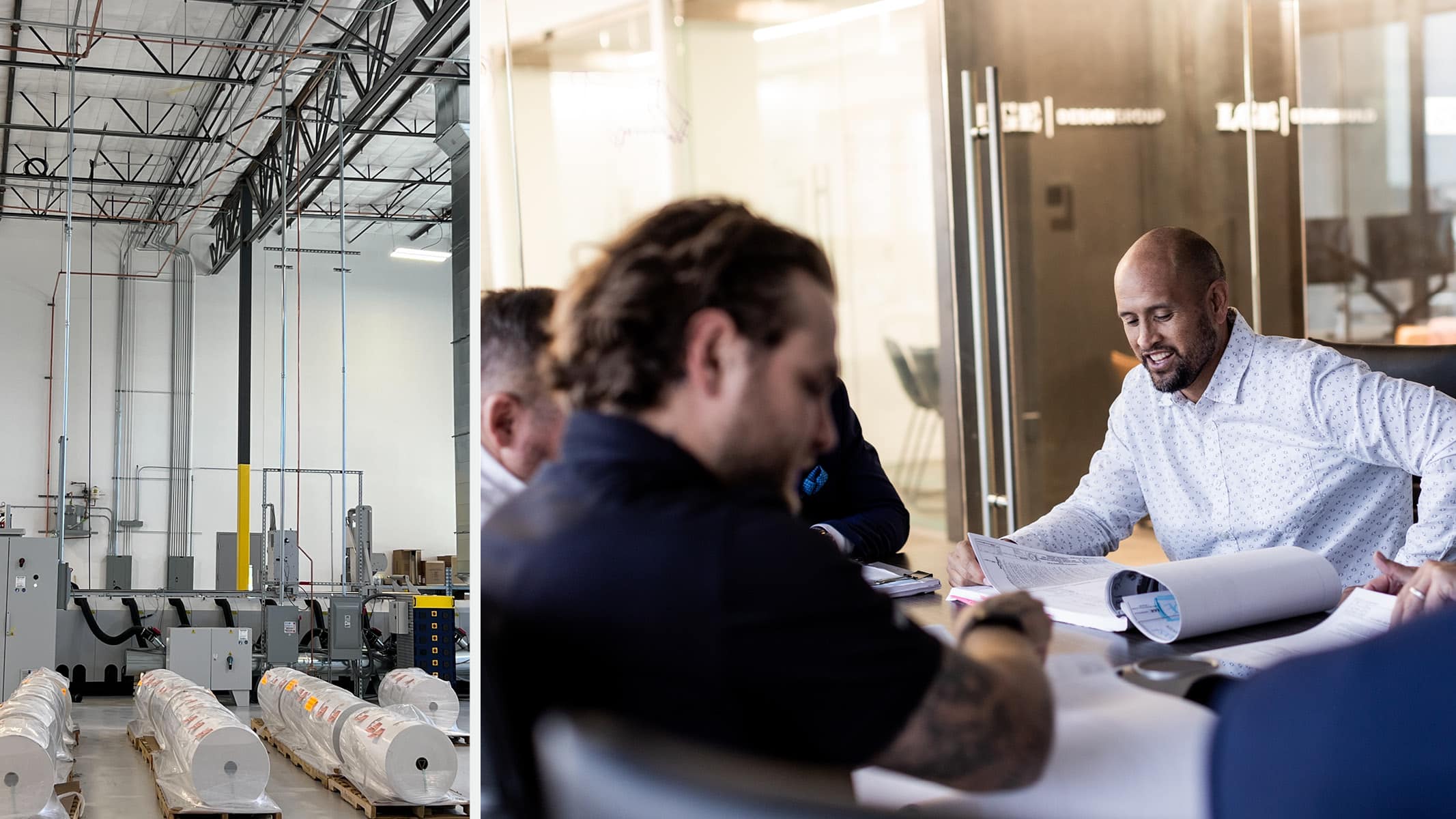
Owner’s Preferred Path: Design-Build’s Tenant Improvement Edge
Owners prefer the design-build approach for tenant improvement projects due to several advantages that directly contribute to a faster, efficient and successful project execution. Both landlords and tenants benefit from faster TI project completion. Landlords can start generating income and attract tenants more effectively, while tenants can resume operations quickly, reduce disruption and costs, and take advantage of market opportunities.
Design Build Opens Dialogue Between Team Stakeholders
Design-build fosters open communication and collaboration among all project stakeholders, including the owner, architects, designers, contractors, and subcontractors. This early and continuous dialogue ensures that everyone’s input is considered, leading to a comprehensive understanding of the project’s goals and requirements. This shared understanding helps avoid misunderstandings and ensures that the final design aligns with the owner’s vision and objectives.
Design Build Shortens Timelines:
Shorter timelines mean that the tenant can move into their customized space sooner, minimizing disruptions to their business operations. In the design-build model, the design and construction phases overlap, allowing construction work to commence before the design is fully completed. This parallel process accelerates project timelines significantly compared to the traditional design-bid-build approach, where construction can only begin after the design phase is finished.
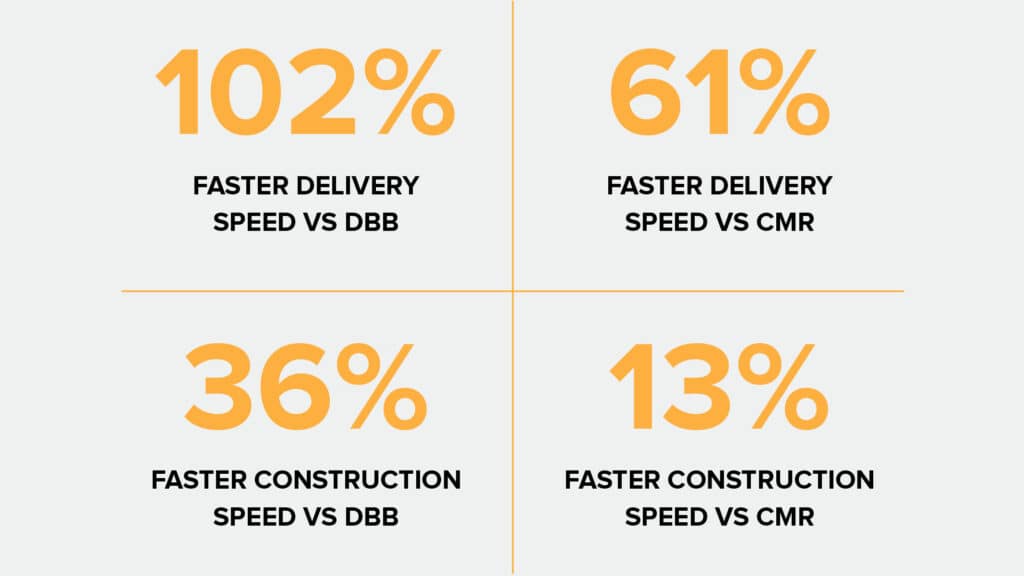
Design Build Controls Costs:
Design-build offers better cost control because the project team collaborates from the early stages to develop a design that aligns with the owner’s budget. This integrated approach enables quick decision-making on cost-related matters and the implementation of value engineering, which identifies cost-effective alternatives without compromising the project’s quality or functionality. With a clearer understanding of costs, surprises and budget overruns are minimized.
Design Build Offers One Point of Contact:
Having a single point of contact, usually the design-build firm, streamlines communication and simplifies the owner’s interactions with the project team. Instead of dealing with multiple parties separately (such as architects, designers, contractors, etc.), the owner communicates with a centralized entity that coordinates all aspects of the project. This minimizes confusion, reduces administrative burden, and ensures that changes or decisions are efficiently communicated and implemented.

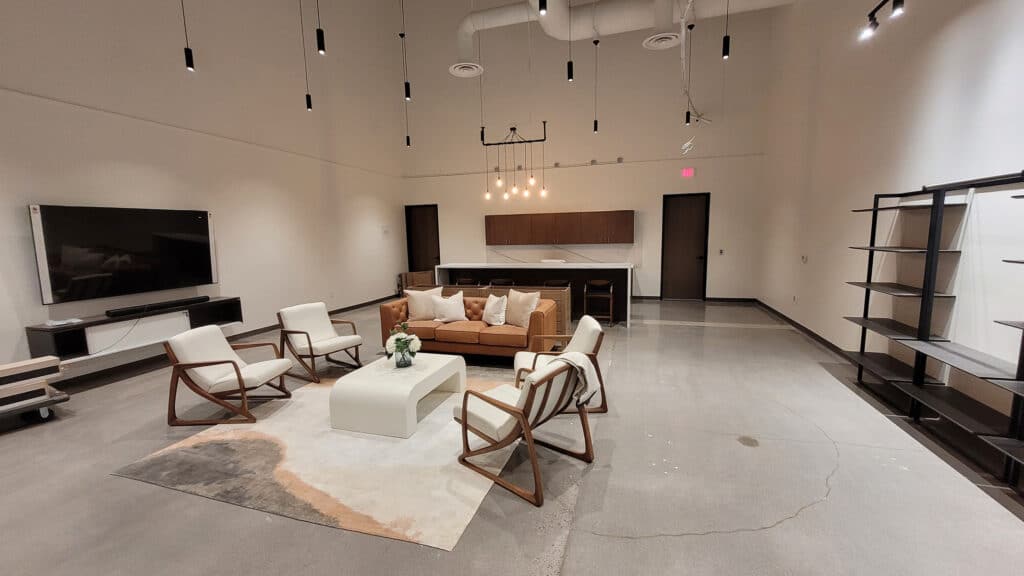
Overall, the design-build approach enhances the tenant improvement project experience by promoting collaboration, optimizing project schedules, managing costs effectively, and simplifying communication. This results in a tailored workspace that meets the tenant’s needs while adhering to budget and timeline constraints.

